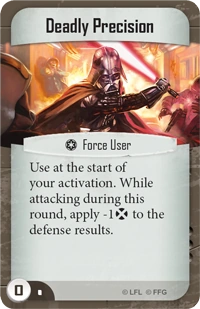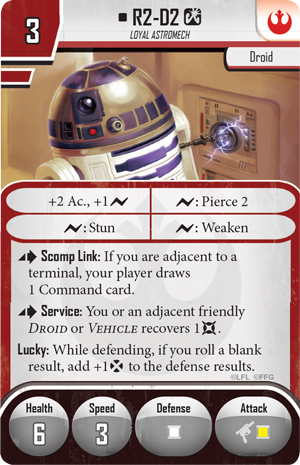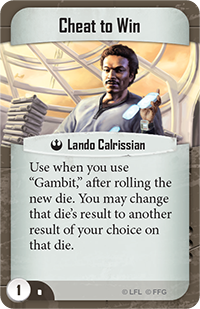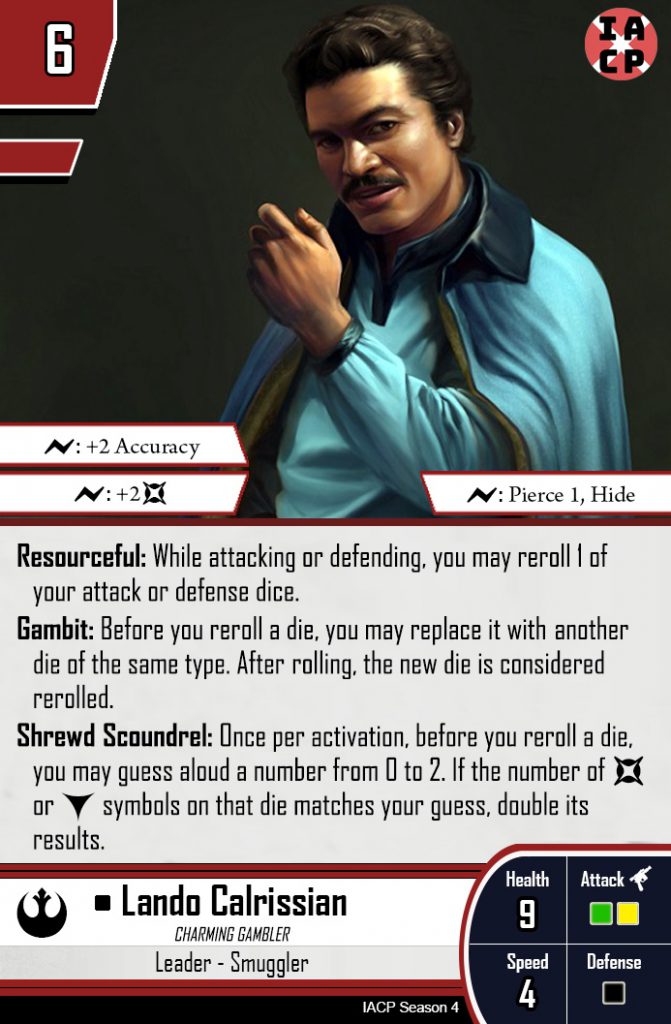What is the appropriate timing window for the applying or converting -1 X or +1 X to the defense results?
Say I have played Deadly Precision and attack R2-D2; if he rolls a blank, and we resolve re-rolls, would Deadly Precision apply -1 X to a defense pool of 0 X s, and then Lucky adds +1 X to the defense results?
Say I have played Deadly Precision and attack Chewbacca the Wookiee Avenger; if he rolls an X , and we resolve re-rolls, would Deadly Precision apply -1 X to a defense pool of 1 X , and then Wookiee Avenger has no X result to convert to an evade?
Alternatively, I have been told that Deadly Precision would remove -1 X result in both cases because the sum of -1 X and +1 X (in the case of Lucky, for example) is still 0 X . Please let me know how you guys interpret these interactions and include any FAQ or RRG references I might have missed. I'd like to ensure I'm understanding this card correctly before I consider incorporating it into any builds. I have added the cards below for reference.
Edit: Follow-up clarification for Deadly Precision; since it reads "during this round" (as opposed to "until the end of the round"), am I correct that this extends to the end of player EoR effects?
Thanks!




